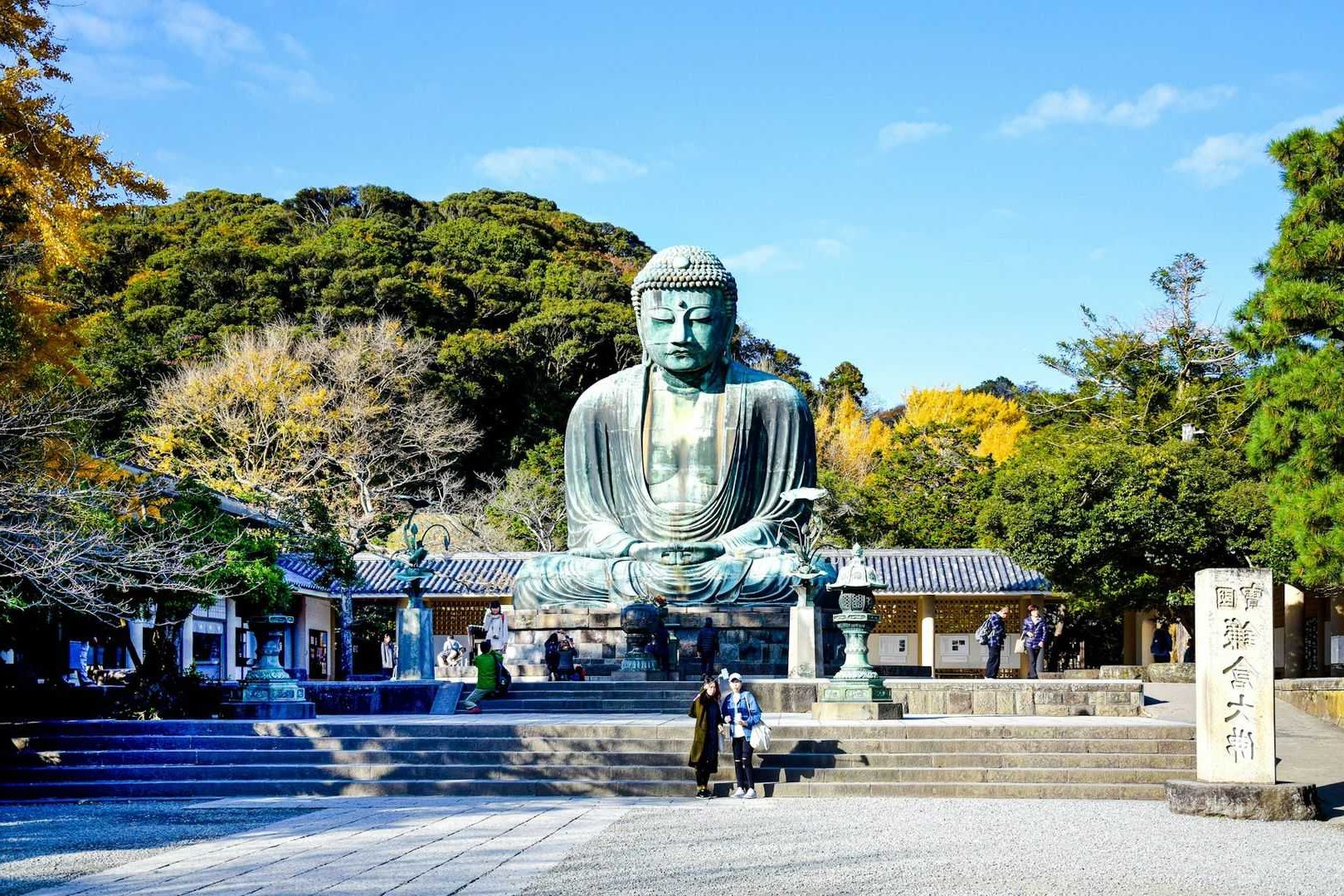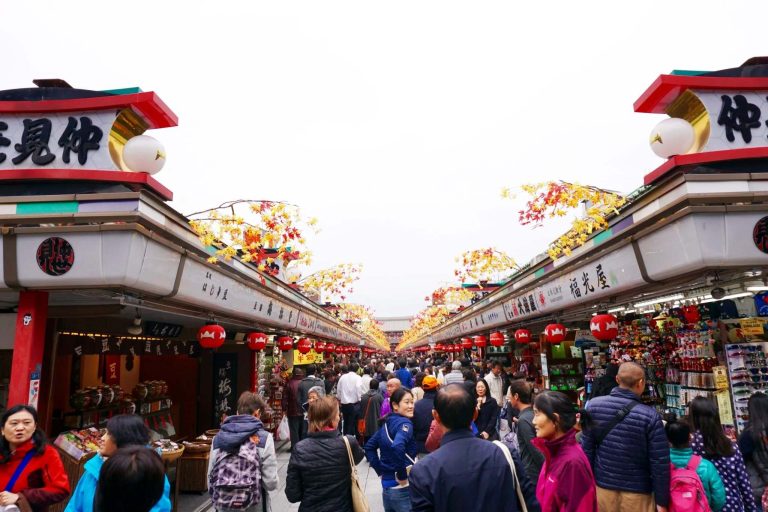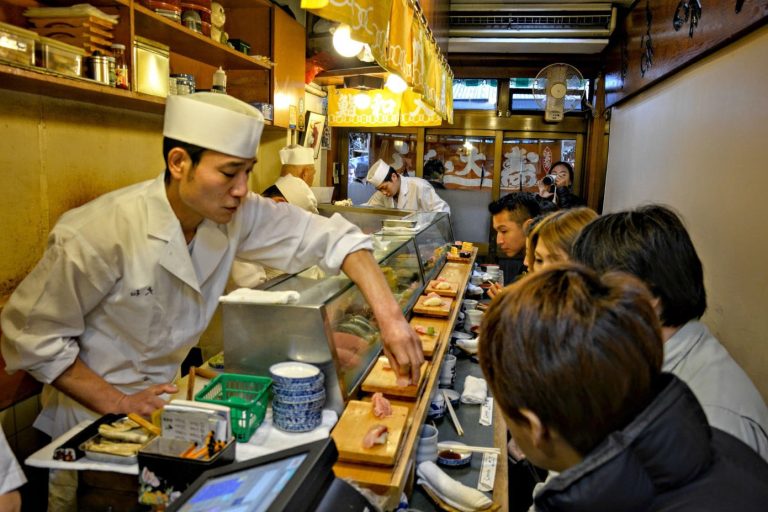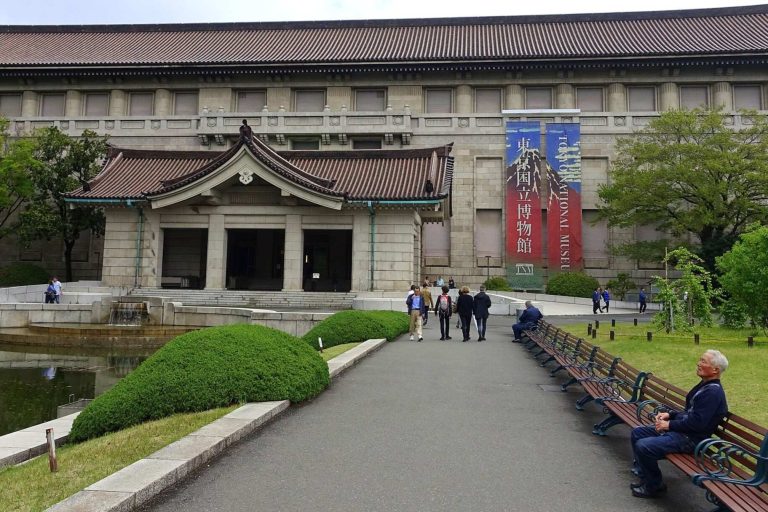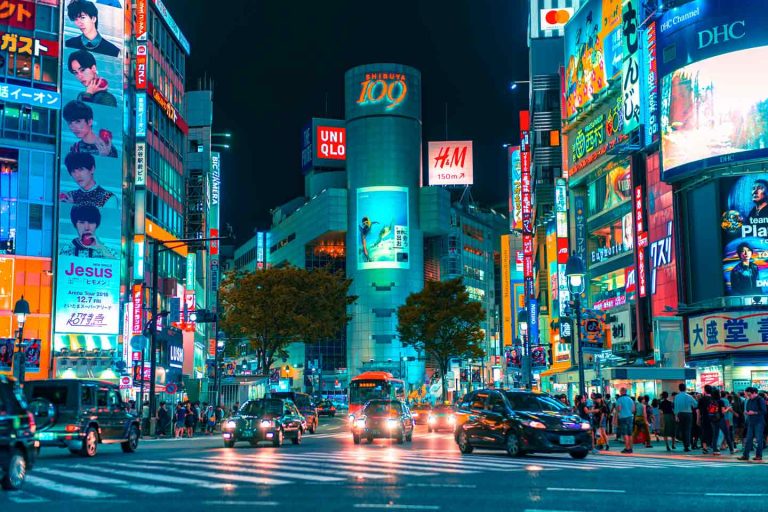Overview of Kamakura’s Scenic Trails
Kamakura presents hikers with a unique blend of spiritual heritage and natural beauty through its interconnected trail system. These paths wind through ancient temple grounds, dense forests, and hillside landscapes that have remained largely unchanged for centuries. The trail network offers something for every fitness level, from leisurely temple-to-temple strolls to more challenging hillside climbs that reward visitors with panoramic views of the coastline.
The trails serve as living corridors between Kamakura’s most significant cultural sites, allowing visitors to experience the area’s rich Buddhist and Shinto heritage while enjoying moderate physical activity. Each path tells its own story through stone markers, weathered statues, and centuries-old trees that have witnessed the rise and fall of samurai clans.
Introduction to Kamakura’s Hiking Opportunities
The hiking opportunities in Kamakura center around three main trail systems that connect the city’s most important temples and shrines. These paths were originally created by monks and pilgrims centuries ago, serving as meditation routes between sacred sites. Today, they offer modern visitors a chance to step away from crowded streets and experience Kamakura’s spiritual atmosphere in a more intimate setting.
Trail Difficulty and Duration
Most trails require between 30 to 90 minutes to complete, making them perfect for half-day adventures. The paths are generally unpaved and can be narrow with steep sections, particularly during ascents between valley temples and hilltop shrines. Proper hiking footwear is essential, as the trails can become slippery during wet weather conditions.
Types of Trails Available
The three primary trail systems each offer distinct experiences. Western routes focus on Buddhist temples and the famous Great Buddha statue. Northern paths showcase seasonal beauty and ancient burial sites. Eastern trails lead to lesser-known shrines and recently reopened historical caves that provide glimpses into Kamakura’s medieval past.
Western Hills Trail
The Western Hills trail represents one of Kamakura’s most popular hiking routes, seamlessly connecting two of the area’s most significant attractions. This path offers hikers a perfect introduction to the region’s spiritual landscape while providing moderate physical challenge through varied terrain. The route passes through multiple ecosystems, from temple gardens to wild forest sections where bamboo groves create natural tunnels overhead.
Along this trail, visitors encounter not only major tourist destinations but also hidden shrines and meditation spots that many casual visitors miss. The path includes several rest areas where hikers can pause to appreciate the surrounding nature or reflect on the spiritual significance of their journey. Local wildlife, including various bird species and occasional deer, can be spotted throughout the route.
Connecting Jochiji Temple and the Great Buddha
The trail begins at Jochiji Temple, known for its beautiful gate and peaceful atmosphere that immediately sets a contemplative tone for the hike. From here, the path gradually ascends through mixed forest before reaching Zeniarai Benten, a unique shrine where visitors traditionally wash money to ensure its multiplication.
Highlights of the Western Hills Trail
Genjiyama Park serves as a major highlight along this route, offering open spaces perfect for picnicking and seasonal cherry blossom viewing. The park also features historical monuments and provides excellent views of the surrounding hills. The trail culminates at the Great Buddha, allowing hikers to approach this iconic statue from an unexpected angle.
Tips for Hiking the Western Hills
Start early in the morning to avoid crowds at popular destinations along the route. Bring water and snacks, as there are limited facilities between major stops. The trail can be muddy after rain, so check weather conditions before setting out and wear appropriate footwear with good grip.
Northern Hills Trail
The Northern Hills trail offers perhaps the most diverse hiking experience in Kamakura, combining religious sites with natural beauty and historical intrigue. This route showcases the area’s layered history through ancient burial caves and temple complexes that span multiple centuries. The trail’s elevation changes provide hikers with varying perspectives of Kamakura’s landscape, from intimate valley views to broader vistas that encompass both mountains and distant ocean.
Seasonal changes dramatically transform this trail’s character, with spring bringing cherry blossoms, summer offering lush green canopies, autumn displaying spectacular foliage, and winter revealing the underlying structure of the landscape. The path includes several challenging sections that require careful footing, but these are balanced by gentler stretches that allow for easier walking and nature observation.
Route from Kenchoji Temple to Zuisenji Temple
Beginning at Kenchoji Temple, Japan’s first Zen training monastery, hikers immediately immerse themselves in centuries of spiritual tradition. The initial section passes through the temple’s extensive grounds before entering natural forest areas where the path becomes more rugged and adventurous.
Autumn Foliage and Tomb Caves
The trail’s most distinctive features include numerous yagura tomb caves carved into cliffsides during the Kamakura period. These burial sites, once reserved for samurai and nobles, now serve as fascinating historical landmarks. During autumn, the surrounding maple trees create a spectacular canopy of red and gold that frames these ancient monuments.
Best Times to Explore Northern Hills
Late autumn provides the most dramatic scenery, though spring offers comfortable temperatures and beautiful cherry blossoms. Summer hiking requires early morning starts to avoid heat, while winter provides clear views but requires extra caution on potentially icy sections.
Eastern Hills Trail
The Eastern Hills trail leads adventurous hikers to some of Kamakura’s most secluded and historically significant sites. This route requires more navigation skills than the other trails, as it includes several branching paths and less obvious markers. The reward for this extra effort includes access to sites that many visitors never see, providing a more authentic wilderness experience within Kamakura’s urban boundaries.
Recent restoration work has reopened several key attractions along this trail, including cave sites that were previously inaccessible due to natural disasters. The path offers excellent opportunities for photography, particularly in areas where ancient stone work contrasts with natural rock formations and native vegetation.
Path to Yagumo Shrine
The trail winds upward through dense forest to reach Yagumo Shrine, a relatively small but historically important site that offers panoramic views of eastern Kamakura. The shrine’s elevated position provides excellent photo opportunities and serves as a peaceful rest stop before continuing to more challenging sections.
Harakiri Yagura Cave Tomb Reopening
One of the trail’s most significant attractions, the Harakiri Yagura cave tomb, reopened in April 2023 after extensive repairs following typhoon damage. This site holds particular historical importance as the legendary location where Hojo Takatoki and his followers committed ritual suicide as Kamakura fell to attacking forces.
Navigating the Eastern Hills
This trail requires more attention to route-finding than others, as several unofficial paths branch off the main route. Carry a map or GPS device, and consider hiking with others for safety. The terrain includes some steep descents that can be challenging in wet conditions.
Cultural Sites Along the Trails
Kamakura’s hiking trails serve as outdoor museums, connecting visitors with over 800 years of Japanese religious and cultural history. Each temple, shrine, and historical marker along these paths represents a different chapter in the region’s development from political capital to spiritual center. The integration of natural and built environments reflects traditional Japanese aesthetic principles that emphasize harmony between human activity and natural landscapes.
These cultural sites aren’t merely tourist attractions but continue to function as active religious centers where local communities gather for festivals, ceremonies, and daily worship. Visitors hiking between these locations often witness contemporary spiritual practices that connect directly to centuries-old traditions.
Importance of Cultural Heritage in Kamakura
The concentration of historically significant sites within such a compact area makes Kamakura unique among Japanese destinations. Many temples and shrines along the trails date to the Kamakura period (1185-1333), when this city served as Japan’s de facto capital and center of samurai culture.
Key Temples and Shrines
Major sites include Kenchoji Temple, Japan’s first Zen monastery, and numerous smaller shrines that serve specific community needs. Each location offers distinct architectural styles and religious focuses, from Zen meditation halls to Shinto purification sites. The variety ensures that every hiker encounters multiple aspects of Japanese spiritual tradition.
Local Legends and Folklore
Many trail locations are associated with specific legends involving samurai heroes, Buddhist saints, and local deities. These stories, passed down through generations, add layers of meaning to physical locations and help visitors understand the cultural significance of seemingly simple stone markers or ancient trees.
Accommodations in Kamakura
Kamakura’s accommodation options reflect the city’s dual character as both historical destination and modern resort town. Visitors can choose from traditional ryokan that offer authentic Japanese hospitality to contemporary hotels that provide modern amenities while maintaining local character. The variety ensures that every traveler can find suitable lodging that enhances their overall experience of this unique destination.
Many accommodations are strategically located near trail access points, making it easy for guests to begin their hiking adventures without lengthy transportation. Several properties also offer special packages that include guided trail tours, cultural experiences, and meals featuring local specialties.
Overview of Lodging Options
Accommodation types range from budget-friendly guesthouses perfect for backpackers to luxury resorts that cater to discerning travelers. Many properties feature traditional Japanese design elements while providing modern comfort levels that international visitors expect.
Luxury Hotels and Guesthouses
Hotel Metropolitan Kamakura represents the premium end of local accommodations, offering elegant rooms and exceptional service near major attractions. CASA Kamakura Espresso&BED provides a unique boutique experience that combines comfortable lodging with excellent coffee culture.
Unique Stays and Experiences
WeBase Kamakura offers hostel-style accommodations with a social atmosphere perfect for meeting fellow travelers. Several traditional guesthouses provide opportunities to experience authentic Japanese hospitality while staying within walking distance of major trail access points.
Culinary Experiences
Kamakura’s culinary scene perfectly complements its hiking trails, offering everything from traditional temple food to modern fusion cuisine. The city’s coastal location ensures access to exceptional seafood, while its agricultural surroundings provide fresh vegetables and specialty ingredients. Many restaurants focus on seasonal menus that reflect the same natural cycles that make trail hiking so rewarding throughout the year.
Local food culture emphasizes fresh, simple preparations that highlight natural flavors rather than heavy seasonings. This approach mirrors the Buddhist principles that influenced Kamakura’s development and continues to shape local lifestyle choices. Visitors can experience everything from elaborate kaiseki dinners to simple temple meals that provide spiritual as well as physical nourishment.
Traditional Wagashi Making
One of Kamakura’s most unique culinary experiences involves learning to make traditional wagashi sweets at local teahouses. These intricate confections, designed to complement tea ceremony practices, require skill and artistic sensibility to create properly. The process provides insight into Japanese aesthetic principles while producing delicious results.
Local Cuisine and Specialties
Kamakura’s signature dishes include shirasu (tiny white fish) served both raw and cooked, reflecting the city’s coastal heritage. Many trail-adjacent restaurants specialize in Buddhist temple cuisine that avoids meat while maximizing flavor through careful preparation of vegetables and tofu products. For those seeking more familiar options, the nearby Yokohama waterfront and Chinatown offers international dining alternatives.
Dining Recommendations
Restaurants near trail access points often cater specifically to hikers, offering hearty meals and convenient timing that accommodates early morning starts and late afternoon returns. Many establishments provide traditional bento boxes perfect for trail picnics, while others specialize in post-hike comfort food that helps restore energy after long walks.
Practical Information for Visitors
Successful trail hiking in Kamakura requires advance planning and proper preparation, particularly regarding transportation, timing, and equipment. The city’s compact size makes it easy to navigate, but understanding local customs and practical considerations will significantly enhance the overall experience. Weather conditions can change quickly in coastal and mountainous areas, making flexible planning essential.
Local infrastructure generally supports hiking activities well, with clear signage at major trail access points and emergency contact information posted at regular intervals. However, some remote trail sections have limited cell phone coverage, making it important to inform others of planned routes and expected return times.
Getting to Kamakura
Kamakura is easily accessible via multiple train lines from Tokyo, with journey times typically ranging from 45 minutes to one hour depending on the departure station. The JR Tokaido Line provides direct service to Kamakura Station, while the Odakyu Line connects to Fujisawa with local train transfers to reach trail access points.
Best Times to Visit
Spring and autumn offer the most comfortable hiking conditions, with moderate temperatures and spectacular seasonal displays. Summer requires early morning starts to avoid heat and humidity, while winter provides clear views but demands extra caution on potentially slippery trail sections.
What to Pack for Hiking
Essential items include sturdy hiking shoes with good grip, water bottles, snacks, a basic first aid kit, and weather-appropriate clothing layers. A small backpack, camera, and trail map or GPS device will enhance the experience while ensuring safety on less familiar routes.
Frequently Asked Questions
What are the main hiking trails in Kamakura?
The main hiking trails in Kamakura are the Western Hills Trail, Northern Hills Trail, and Eastern Hills Trail, each offering unique experiences and access to significant cultural sites.
How long do the hiking trails take to complete?
Most trails take between 30 to 90 minutes to complete, making them suitable for half-day adventures.
What should I wear for hiking in Kamakura?
It is essential to wear proper hiking footwear with good grip, as the trails can be slippery and narrow, especially after rain.
What kind of accommodations are available in Kamakura?
Kamakura offers a variety of accommodations, from traditional ryokan to modern hotels, many of which are located near trail access points.
What culinary experiences can I find in Kamakura?
Kamakura’s culinary scene includes traditional temple food, seafood specialties, and unique experiences like making traditional wagashi sweets.
Exploring the Trails of Kamakura
Kamakura’s hiking trails provide not only an opportunity for physical activity but also a deep connection to Japan’s spiritual and cultural history. As visitors journey through this scenic landscape, they engage with the essence of the region, making memories that blend adventure with reflection.
